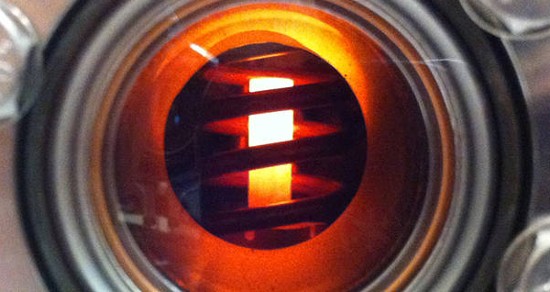
Getting to the Moon using chemical rockets takes at least three days. To get to Mars we are talking between 6 and 9 months. The risks to human crews travelling through space over prolonged periods are well noted. Shortening the time has become an imperative for NASA, the U.S. space agency.
Two recent NASA announcements address the travel time issue between Earth and Mars. One is aspirational and the second has passed its first test. Let’s deal with the aspirational one first.
NASA to Test Nuclear Thermal Propulsion for Mars Mission
NASA is working with the Defense Advanced Research Projects Agency (DARPA) to build and demonstrate a nuclear thermal rocket engine called DRACO by 2027. A nuclear-powered rocket of this type could shorten the transit time between Earth and Mars by almost half. The benefits of this time difference are significant. It means:
- reducing crew exposure to cosmic radiation.
- reducing the material environmental support needed for the trip.
- reducing fuel requirements.
- allowing an increase in the scientific and instrumentation payload.
- reducing psychological challenges of confinement by reducing the transit time.
- making it easier to mount a rescue mission.
- opening opportunities for crewed missions beyond Mars.
The risks from nuclear thermal propulsion come from building it here on Earth and launching it from the ground to orbit using a conventional chemical rocket. Accidents do happen and one with a nuclear payload onboard could cause radioactive contamination over the launch area, or if the breakup occurs in orbit covering a significant area of the planet. So getting it right will be very important before that nuclear propulsion system gets launched into space.
NASA has been on this road before back in the 1950s and 60s but never got past the experimental stage. This proposal features a small fission reactor that will heat the liquid fuel turning it into a hot gas to provide thrust.
Unlike chemical rockets that periodically get lit up during a mission, nuclear propulsion once lit runs continuously. It doesn’t have the thrust to launch to orbit from Earth but once underway the constant acceleration using far less fuel than chemical rockets within short order achieves speeds as fast as 160,000 kilometres (100,000 miles) per hour.
DARPA’s participation should speed up the development work for the engine. The defence agency will be the lead on the program. DRACO states Dr. Stefanie Tompkins, Director at DARPA will provide “leap-ahead advances in space technology…essential for more efficiently and quickly transporting material to the Moon and eventually people to Mars.”
NASA Tests Revolutionary Rotating Detonation Rocket Engine
The acronym is RDRE, and this rotating detonation rocket engine is radically different from the chemical rocket engines in use today. Its biggest advantages are it produces more power and uses less fuel. It has other advantages as well. It is manufactured using a 3D printer and it is designed to be reusable.
NASA hopes to incorporate the technology as an in-space propulsion system for cislunar and deep space on robotic and crewed missions. The latest successful hot fire tests occurred this month at NASA’s Marshall Space Flight Center in Huntsville, Alabama where the engine was fired more than a dozen times and for ten minutes in total.
The RDRE is made from a NASA-developed copper alloy powder (GRCop-42) which is then used by the 3D printer to manufacture the finished product. A big advantage of this engine is its ability to operate under extreme heat conditions for long durations without any damage. The engine in the latest test provided 4,000 pounds of thrust. Future versions are planned to provide 10,000 pounds of thrust.







